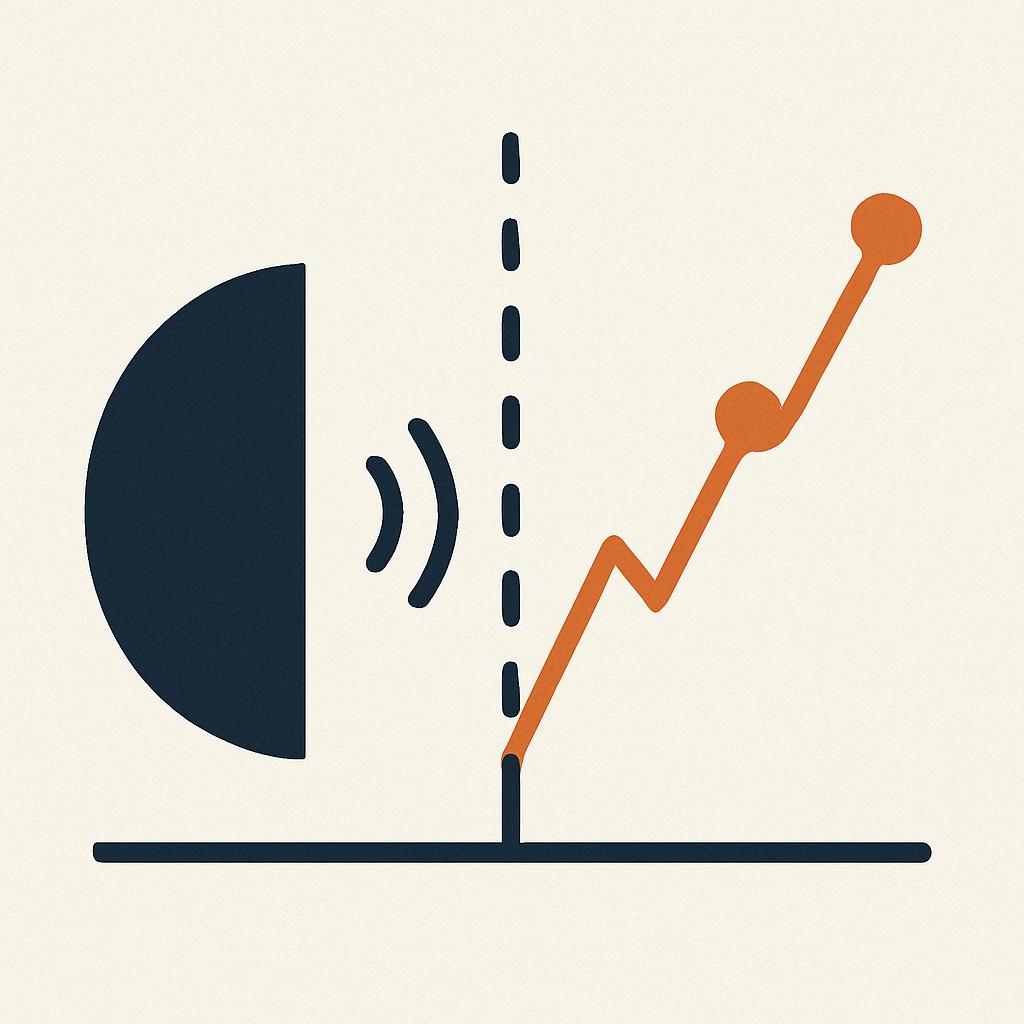
The Primacy of Observation Duration Over Event Accuracy in Cough Monitoring
Summary
Simulation evidence supporting continuous, automated monitoring as a superior approach for clinical research.
Cough frequency is a clinically relevant biomarker, but current “gold standard” human annotation is operationally impractical beyond 24 hours. Hyfe’s analysis shows that sampling error from short observation windows is a greater source of inaccuracy than device misclassification.
A simulation of 1,000 chronic cough patients demonstrated:
- 1-day perfect monitoring (100% sensitivity, 0% false positives) produced a 13% median error in estimating true 30-day cough rate.
- Continuous imperfect monitoring (85% sensitivity, ~2 false positives/hour) reduced error to ~6% over 20 days, halving inaccuracy versus short-term perfect measurement.
- Most of the accuracy gains were captured within the first week of continuous monitoring.
Key takeaway: In highly variable physiological signals like cough, duration of observation outweighs per-event precision. Automated, wearable systems—even if imperfect—deliver more accurate, scalable, and clinically relevant estimates than short-term perfect systems.
Implications:
- Clinical trials: Continuous monitoring improves endpoint reliability, reduces cost, and enhances feasibility.
- Disease management: Long-term monitoring captures true patient burden, enabling earlier interventions.
- Digital biomarkers: Robust validation requires prioritizing longitudinal data capture over momentary precision.
Bottom line: We do not need perfect accuracy to measure cough optimally—only sustained accuracy, long enough to reflect reality.

